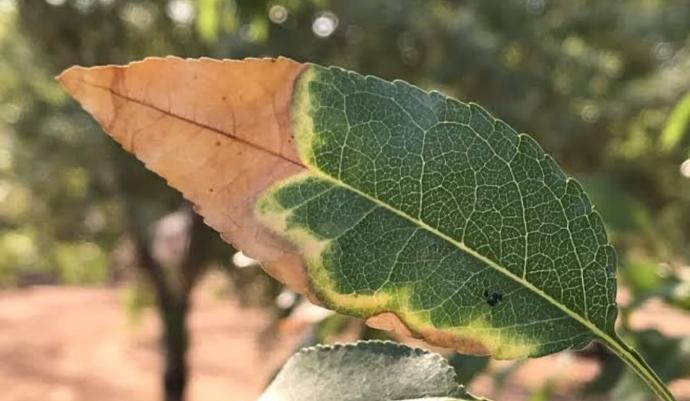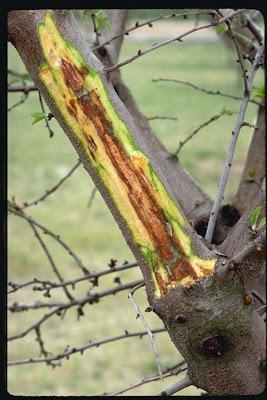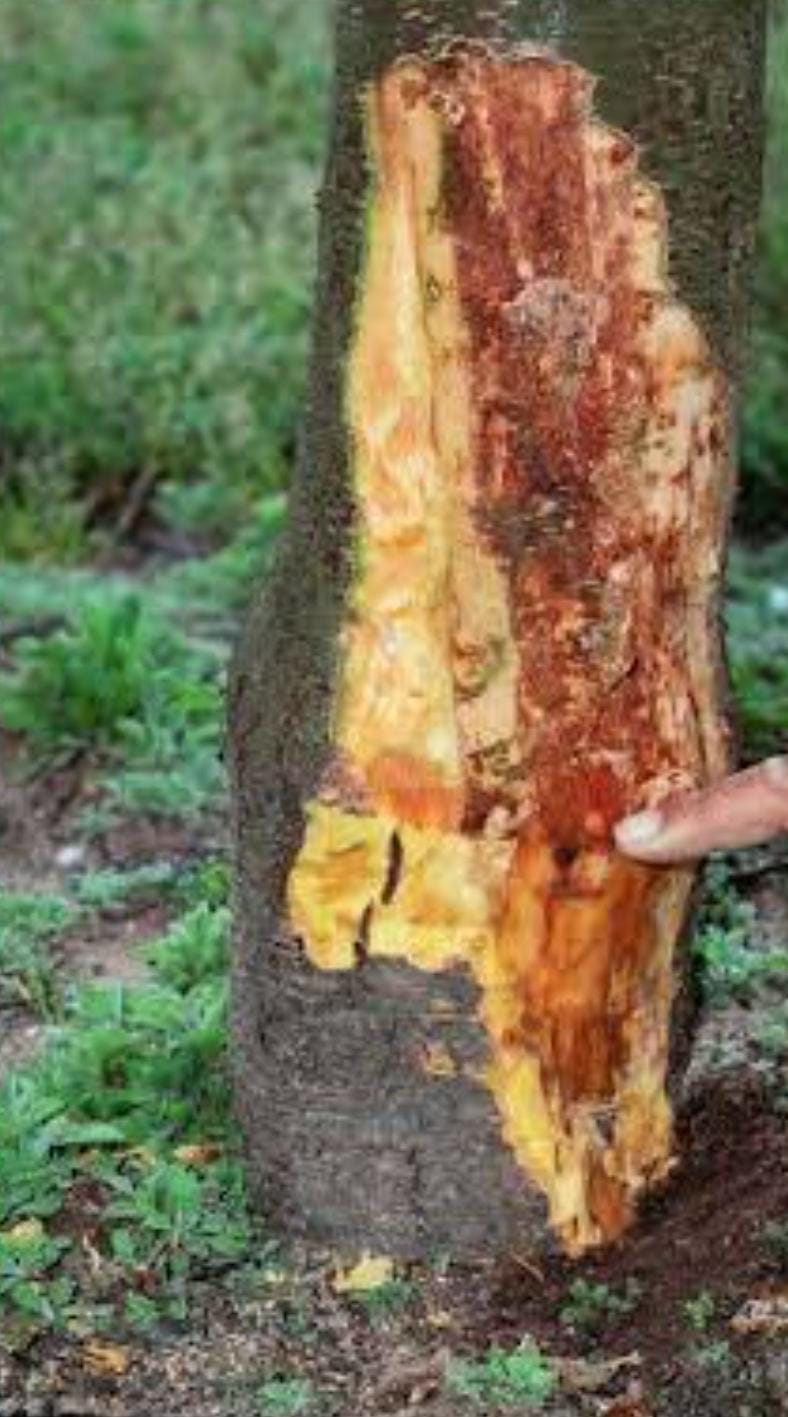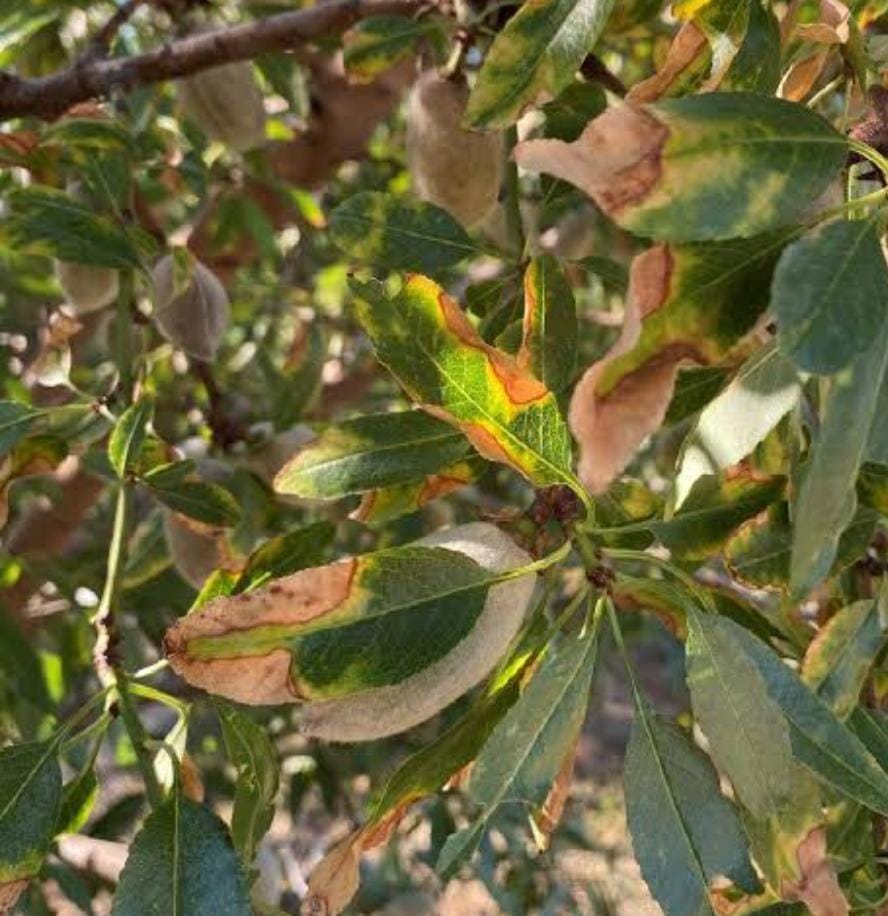Almond
Almond trees, 13-26 feet tall in Zones 7-9, exhibit moderate growth in well-drained soil and full sun. Almonds, the edible seeds of these trees, are enjoyed for their nutty flavor.
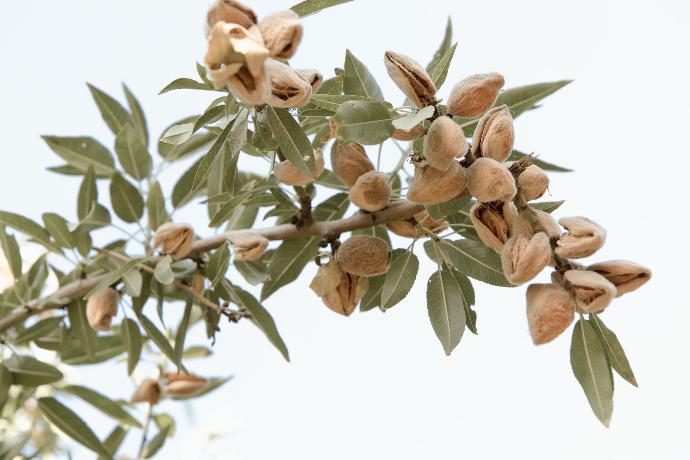
Habit
Tree
Height
13-26 ft
Growth
Moderate
Soil
Well Drained
Shade
Full Sun
Moisture
Moderate
Edible
Yes
Medicinal
Yes
Origin
Middle East
Climatic Condition
Temperate, Dry
Temperature (°)
15-30°C
Humidity (%)
40-60%
Potting media
Loamy Soil
Fertilizers
Balanced Fertilizer(10:10:!0)
Watering
Moderate, Deep Watering
Plant Weight
300-500 g
Flowering Time
Spring to Summer
Soil Ph level
6.0-7.5
Water Ph level
6.5-7.0
Soil EC
1.0 dS/m
Yield Per Plant
50-65 lbs (23-30kg ) of almonds
NPK ratio
15:05:20
life Span
5-15 yrs
Health Benefits
Rich in Vitamin C, Support Heart Health
Suggested Grow Media or Potting Mix ?
40% loam, 30% sand, 30% compost
Suggested Fertigation/Fertilizers
Fertilize every 2 months with a balanced, slow-release fertilizer.
Common Diseases and Remedies
Bacterial Canker , Leaf Scrotch
Die-back with rough canker and amber coloured gum
Cut all canker areas , Pruning back to healthy wood
HEALTH BENEFITS
Almonds offer numerous health benefits due to their nutrient-rich profile. Here are some key benefits:
- Rich in Nutrients: Almonds are a great source of healthy fats, protein, fiber, vitamins (especially Vitamin E), and minerals like magnesium, calcium, and potassium.
- Heart Health: They are high in monounsaturated fats, which can help reduce LDL (bad) cholesterol levels, potentially lowering the risk of heart disease.
- Weight Management: Despite being calorie-dense, almonds may help with weight management by promoting satiety due to their fiber and protein content, reducing overall calorie intake.
- Blood Sugar Control: Almonds have a low glycemic index and may help improve blood sugar levels, making them beneficial for people with diabetes.
- Antioxidant Properties: The high Vitamin E content in almonds acts as a potent antioxidant, which can help protect the body’s cells from oxidative stress and inflammation.
- Bone Health: The calcium and magnesium in almonds support strong bones and may help prevent bone-related issues, such as osteoporosis.
- Brain Health: Almonds contain nutrients that may support cognitive function, such as Vitamin E and healthy fats, which contribute to overall brain health.
- Skin Health: Due to their high Vitamin E content, almonds can help nourish the skin, reduce signs of aging, and support skin elasticity.
Regular consumption of almonds can provide many of these benefits when incorporated into a balanced diet.
What Is An Almond Tree?
Almond (Prunus dulcis), a tree from the rose family (Rosaceae) and its edible seeds. Cherries are native to Southwest Asia and are an important crop; It grows mainly in the Mediterranean region between 28° and 48° northern latitudes and 20° and 40° southern latitudes. 0.80%. Almonds grown as nuts can be eaten raw, blanched, or roasted and are often used in baked goods. Almonds are used in Europe to make marzipan, pastries, and confectionery desserts, while in Asia they are often used in meat, poultry, fish, and foods. Almonds are high in protein and fat and provide small amounts of iron, calcium, phosphorus, vitamin A, B complex and vitamins E.
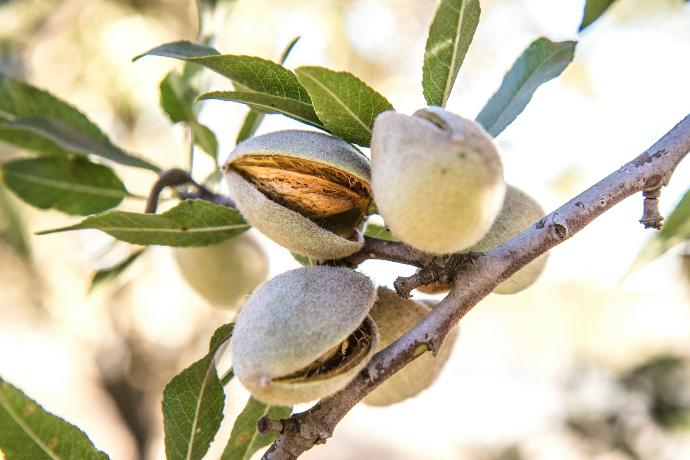
What Are The Different Types Of Almond Tree ?
1. Sweet almond
Sugar almond (Prunus dulcis) is a diet nut. Sweet almond and its oil are also used medicinally. Sweet almonds are rich in fiber, fatty acids and other plant compounds. These medications can help lower cholesterol and control diabetes. Sweet almonds may also help people stick to the diet when they lose weight. People use sweet almonds to treat high cholesterol, obesity, constipation, diabetes, aging skin, and many other conditions, but there is no good evidence to support these uses. Sweet almond is a nut. Hazelnuts are considered an important food item in the United States. Almond sugar content must be declared on food packaging and supplements. Do not confuse sweet almonds with bitter almonds or almonds. These are different.
2. Bitter almond.
Bitter almond (Prunus amygdalus var. amara) is a type of almond. It contains a chemical called amygdalin, which can be toxic when consumed. Amygdalin in bitter almonds turns into toxic hydrocyanic acid (HCN) in the body. These medications can slow down the nervous system and cause serious breathing problems. Sweet almond (Prunus dulcis), a type of almond, does not contain toxins. People use bitter gourd to treat skin and other conditions, but there is no good evidence to support these uses. Do not confuse bitter with sweet almonds or almonds. These are different. Small tree perfect for home garden, garden, patio or container. Maximum growth is 1-1.5m and spread is 1-2m. Garden Prince is a warm and cool variety and is therefore well suited to the northern parts of the country and all other parts of New Zealand. A beautiful little tree, very beautiful and productive. The beautiful flowers develop into sweet, medium-sized fruits covered with soft, well-sealed skins. Harvest takes place from March to April. He was born on his own.
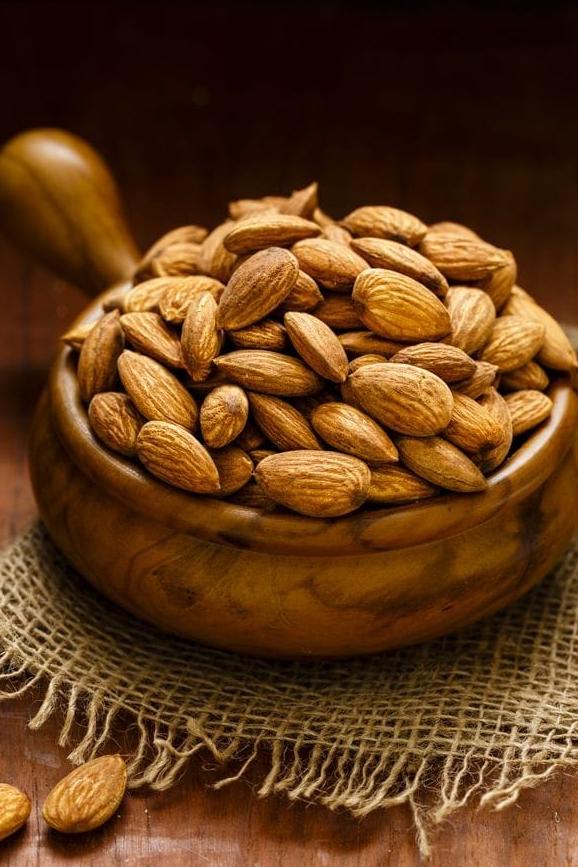
How to Care for Almond ?
1. Location
Choose a sunny spot in the garden or plant many dwarf varieties in large pots. If you don't have room for two or more trees, find a flower that stands alone. Almond tree nets are important to protect crops from birds. Almond bears fruit 3 years after planting. Harvest almonds from February to April, when the fruit begins to bloom. Almond trees are a good choice for the garden because of their beautiful flowers and delicious fruits. Although almond trees can grow indoors, they do not bear fruit. Almond trees are native to warm climates and need a lot of sunlight to produce fruit. If you live in a cold climate, you can try growing your almond tree in a pot and taking it outside during the warmer months. However, even in hot weather, almond trees grown indoors can rarely bear fruit. If you are interested in growing an almond tree for its ornamental value, growing it indoors is a great option. Note that you may not get almonds from this.
2. Sunshine
Some summer weather is suitable for almond planting, generally between 30°C and 35°C. Flowers can withstand cold temperatures between -2.2°C and -3.3°C for short periods of time. However, if this temperature continues for a long time, the flowers can easily be damaged. Unopened flowers can grow at temperatures down to -2.2C. And if the temperature drops from 0.50C to -1.1C, the flowers in the flower disappear.
3. Soil
The best soil pH for growing almonds in India is between 7.0 and 8.5. Almond trees cannot grow in poor soil. The soil should be deep, fertile and drought resistant. Appropriate agricultural fertilizer should be added to the soil and watered regularly.
4. Hydration
The flowering period (February-March) is important and there is not enough water. Therefore, sufficient amount of water should be replaced. In order for the fruit to grow well, it must be watered on time. Drip irrigation method is suitable for irrigation of almond fields. This not only helps in timely intake of water, but also contributes to good water management.
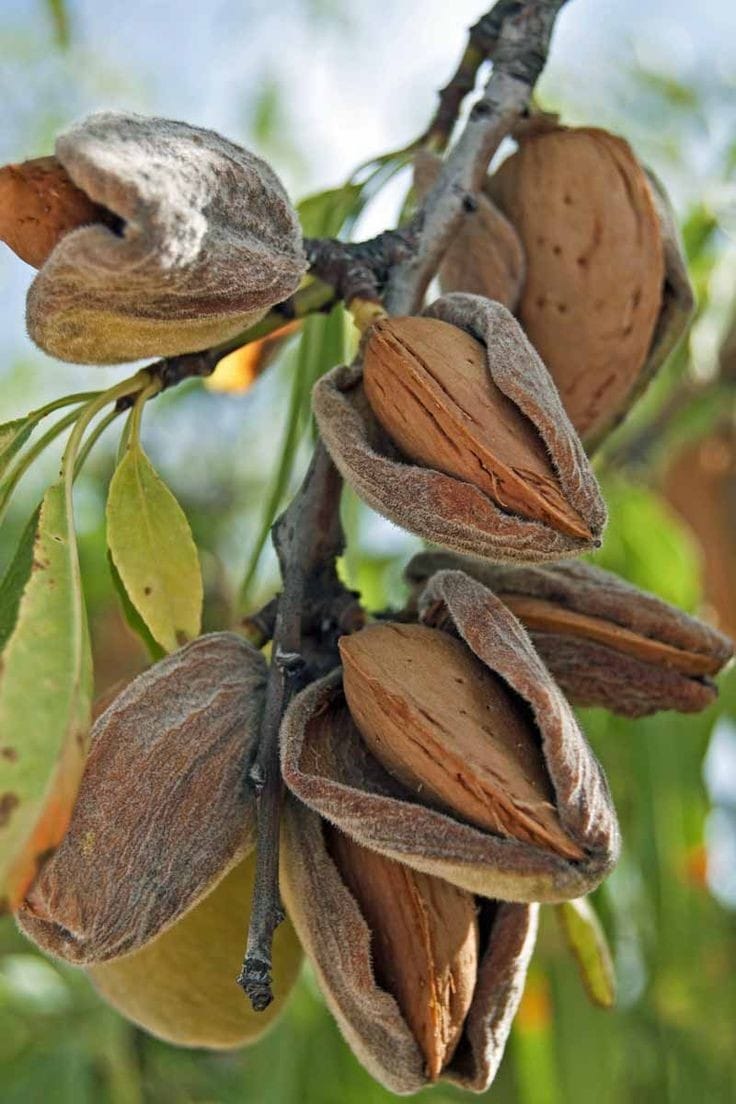
5. Nourishment
Almonds need a good fertilization program. It is important to use agricultural fertilizer at a rate of approximately 20-25 kg/tree in winter from December to January. However, application should depend on soil and plant nutrients.
6. Issues
From a sustainability perspective, the main issues with almonds are water and pesticides. Almond production requires a lot of water. Pesticides are also a big problem for almonds. More pesticides are used on almonds than any other crop. One of the most common herbicides is glyphosate (Roundup). Roundup is toxic to bees, which are important in pollinating almond trees.
What are the Benefits of Almond ?
Since almonds contain so many nutrients, eating this dried fruit is beneficial for physical development, overall health and brain function. Almonds may help you maintain good cholesterol levels. It is an important source of phosphorus, which helps maintain healthy bones, as well as many other minerals and vitamins. An excellent source of protein, monounsaturated fat and potassium; All of these help protect us from various heat-related diseases. Almonds also help strengthen the immune system. This dried fruit is useful in controlling diabetes and reducing pain. Almond oil is often recommended for massaging babies as it makes the skin softer and better. copper, manganese and riboflavin are nutrients found in almonds that contribute to excellent energy and metabolic rate. Almonds – Foods rich in fiber may help reduce the risk of cancer. Also almonds are good for pregnant women and help prevent diabetes. But eating almonds can also control your weight.

FAQs About Growing Almond
1. How to maintain Almond plant?
During the first year, water your almond tree during drought, watering thoroughly every few days to encourage root growth. Keep the soil around tree roots free of weeds and weeds to prevent competition for water and nutrients.
2. What are the uses of Almond plant?
Almonds grown as nuts can be eaten raw, blanched, or roasted and are often used in baked goods. Almonds are used in Europe to make marzipan, pastries, and confectionery desserts, while in Asia they are often used in meat, poultry, fish, and foods.
3. Can I grow Almond plant indoor?
Yes, you can grow almond trees at home. During the winter months, you can bring your trees indoors to protect them from frost. However, trees grown indoors grow slower and produce less produce than trees grown outdoors. If this is not a problem, you can continue planting trees at home.
4. Which Pot is best for Almond plant?
Porous ceramics, such as terracotta tiles, dry more evenly than plastic containers, and entire flower pots dry faster than terracotta tiles. Ceramic pots are also a good choice. If you're concerned about weight, fiberglass planters are ideal for plants 8 inches or larger in diameter.
5. How to propagate Almond plant ?
Almond plants can be propagated by seeds (almonds) and by vegetative methods such as grafting or budding. However, it is important to remember that an almond tree grown from seed will not necessarily produce the same almonds as the parent tree. To obtain better results, many almond trees are propagated by grafting or budding, in which selected branches or buds from the desired tree are attached to the base. This method helps preserve the desired characteristics of the parent tree.
